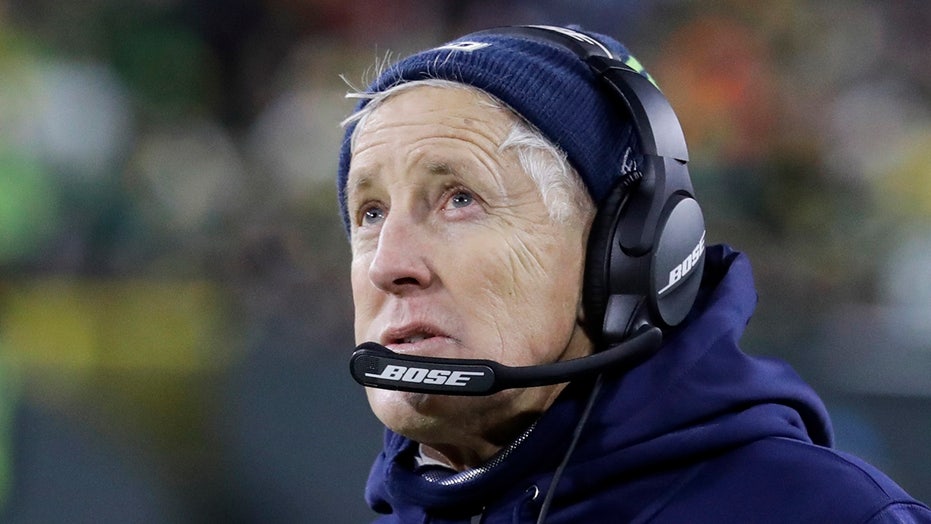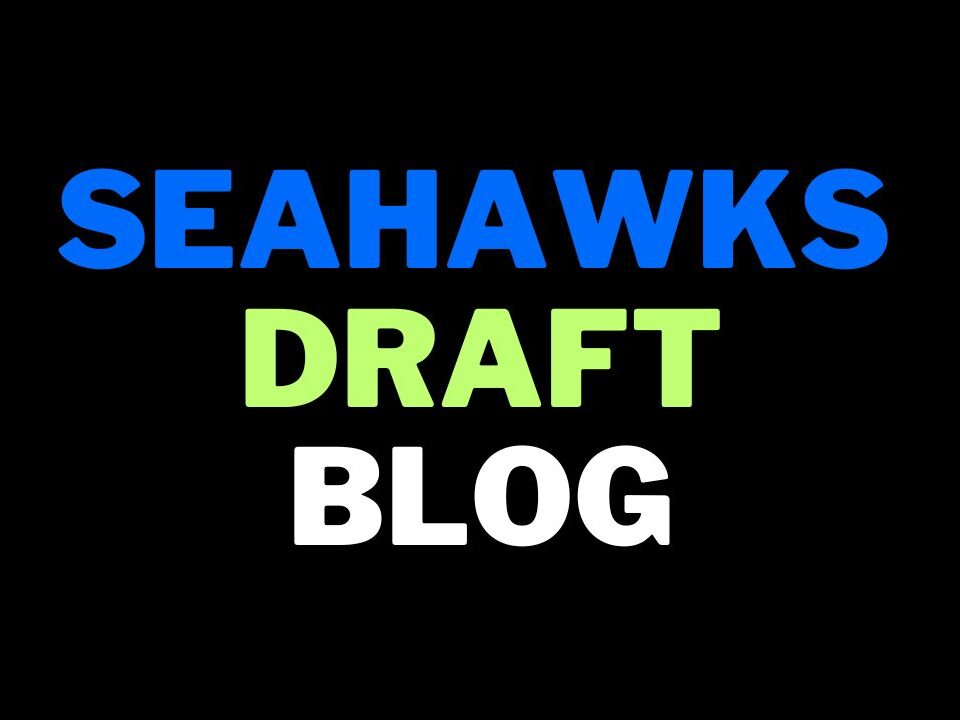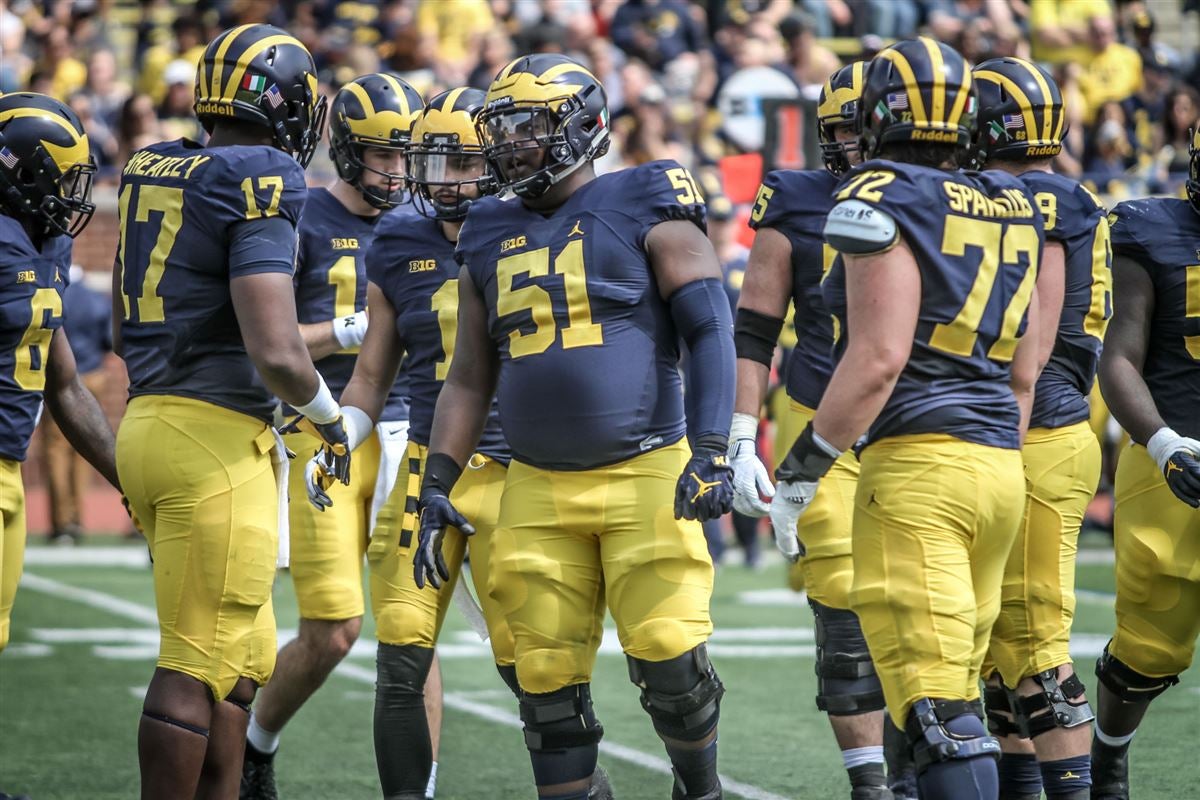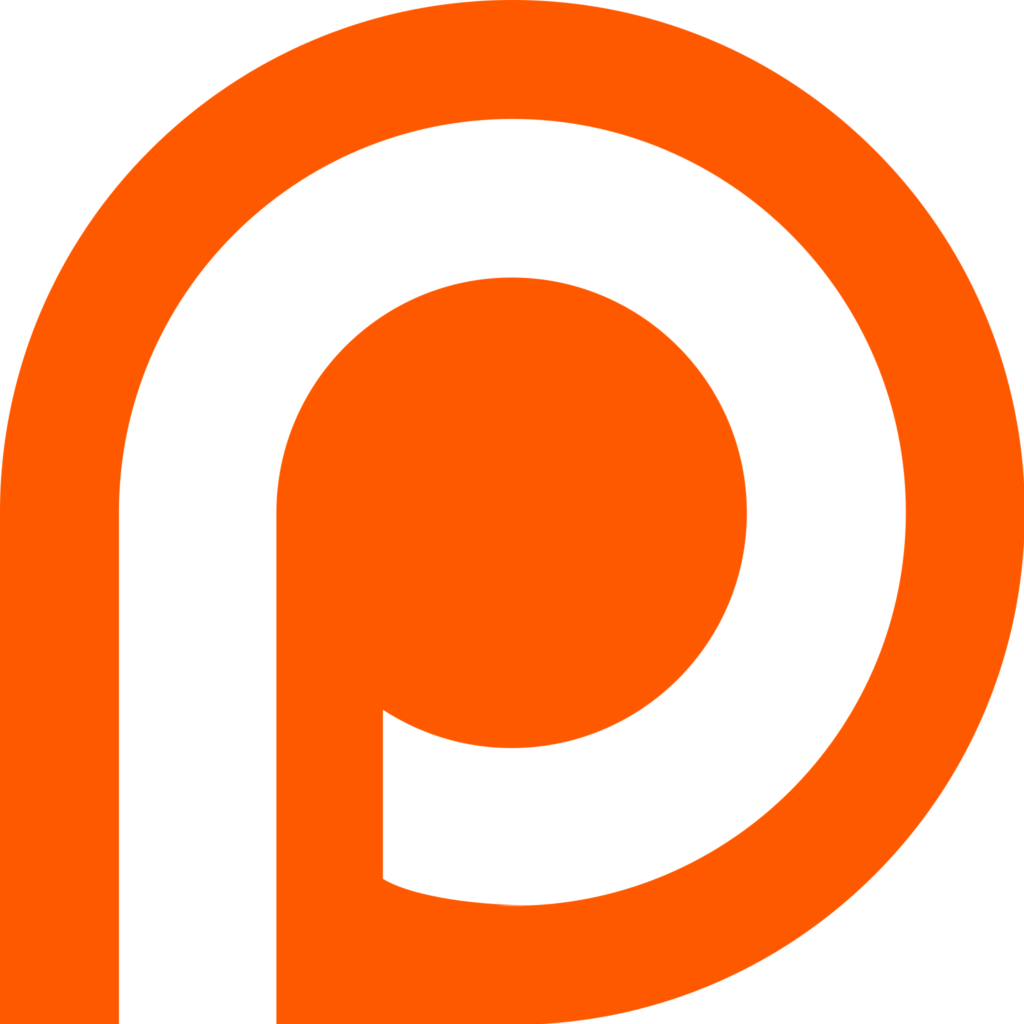
This is an off-season for the Seahawks to take the next step
Going into the 2018 and 2019 seasons, ‘perspective’ was a word we used a lot. This was a re-setting team, moving on from a lot of veteran players. They had to settle their cap situation and manage a couple of drafts without many picks.
Expectations had to be tempered to an extent. There was so much change and so little resource to come thundering back into immediate contention.
Qualifying for the playoffs a year ago was an achievement. It’s hard to say whether 2019 was progress but regardless, it felt from week one onwards that this was a team that needed another off-season to reach its true potential.
Now we’re here. And they don’t have cap problems any more. In fact they’re currently projected to have the seventh most cap space in 2020. They have a healthy chunk of draft picks too, including three in the first two rounds and #27 overall.
If patience was the message for the last two years, that won’t be the case here.
Now is the time to deliver.
Everything is set up for this to happen.
When the next season comes around, this Seahawks team has to be in prime position to contend. For the NFC West, for the NFC and for the Super Bowl.
They have a fantastic culture, a sensational franchise quarterback and some core pieces to build around.
There’s one big issue that continues to hold them back.
It has been abundantly clear for a long time that Seattle’s defensive line simply isn’t up to scratch.
Here’s a reminder of how poor they were up front in 2019:
The Seahawks finished with 28 sacks, second fewest in the league behind only Miami (23). Their sack percentage was 4.5% — third worst overall.
They had only 126 pressures, sixth fewest in the league behind Detroit (125), Oakland (117), Houston (117), Atlanta (115) and Miami (96). Seattle’s pressure percentage was the fourth worst in the league (19.3%) behind Detroit (18.9%), Houston (18.1%) and Miami (16.7%).
Seattle hit the quarterback 68 times — fourth fewest. They had 52 TFL’s — again, fourth fewest.
They gave up 55 explosive running plays on defense, seventh most in the NFL. Yet their explosive run play percentage (14%) was the third worst overall behind only Carolina (16%) and Cleveland (15%).
In the passing game they conceded 54 explosive plays — the 14th most.
I haven’t got access to the 2013 stats to check on the peak LOB years. The earliest I can go back to is 2016. That year they conceded only 39 explosive running plays — the fewest in the NFL. They gave up 58 explosive passing plays. The big difference this season is the run game, highlighting this isn’t only a pass rush issue.
They also gave up 4.9 YPC — fourth most overall.
They’re not disruptive enough. They don’t create enough pressure. They don’t make enough plays. They don’t do a good enough job stopping the run.
Pete Carroll, speaking at his end of season press conference, is well aware of the issue:
“We didn’t get enough production consistently. At times we were as good as anybody but not with the consistency that we need. It’s so much better to play football when you are rushing four guys and kicking butt. Everything works when you do that.”
Disruptive pass rusher’s and playmakers. The order of the 2020 off-season.
It’s interesting that Carroll somewhat blamed the missing edge pressure for Jarran Reed’s lack of production too:
“He never really got started rushing the passer, like he was flying last year and he wasn’t able to be as productive numbers wise. He’s still a really good football player and means a lot to this team and he’s really tough and a terrific all-round player but the numbers, he had 10.5 sacks last year and you know, (we) couldn’t get him going this year. Because he’s an inside guy, plays like he plays, he needs the support around him to open up the rush lanes and we weren’t able to help him enough.”
Carroll was very clear about his desire to keep Jadeveon Clowney, stating: “We would love to have him back.”
He offered this review of Clowney’s 2019 performance:
“He’s a remarkable player. What a great asset he is. He’s got such a great spirit about him. He loves the game so much, loves winning and the challenges of it. He was an incredible team mate this year and we had no idea what we were getting when we got him but he exceeded all expectations.”
And when asked about Seattle’s impact on Clowney, this was the response:
“He loves it here and he wants to be here and he dropped up to see John just to let him know how important it was to him. He had a great time.”
The Seahawks have the cap space to make this happen. He might wish to test free agency first (although he’ll probably have an idea of his market during the combine weekend). Yet with Clowney being the only true impact player up front for the 2019 Seahawks — and considering Carroll’s words above plus his age (26) — it’s hard to imagine a scenario where they let him walk off into the sunset, creating another huge hole to fill.
What do they need to add though? They already had Clowney this season. Who do they bring in to team with him?
This is the key question and the big test of the off-season. Retaining Clowney will be big and should be celebrated if/when it happens. That move alone won’t enable the team to take the next step, however. He needs help.
I think there are three keys when trying to identify potential targets:
1. Speed, speed, speed
2. Disruptive ability and proven production
3. Prototype size/length and good health
The first one is obvious. The Seahawks are simply not quick enough up front. They need the next Cliff Avril. Someone who will challenge offensive tackles with burst, quickness and an ability to work the edge.
This is also a young team. There are a lot of players ‘needing to take the next step’. What they lack is the assured consistency of an established pro. Any prospective addition has to have some degree of production.
Thirdly, they need to learn a lesson from a year ago. Ziggy Ansah was a calculated gamble and it’s totally understandable why the Seahawks rolled the dice considering the Frank Clark trade.
This year they can’t afford to rely on a player like Ansah. They need someone who isn’t rehabbing, someone who wants to help lead and possesses the fire to come in and compete and help this team reach the next level.
They also need to perhaps learn a lesson from the L.J. Collier pick. He wasn’t a particularly great athlete — more explosive power than agility and quickness. It’s too early to write him off and hopefully he will take a step forward next year.
That said, athleticism matters. Avril ran a 1.50 10-yard split. The quickness he showed on a football field wasn’t a coincidence. The physical numbers need to match up to their ideals for a LEO/EDGE rusher.
We can go into more detail on how to address this later in the week, when we study potential free agent targets and look at draft prospects.
Here’s the CliffsNotes version for now…
— It’s not a good draft at all for pass rushers. It’s going to be a major challenge for the Seahawks to fill this need with the #27 pick or any of their other draft picks. Hopefully options will emerge at the Senior Bowl and/or the combine. At the moment, however, it looks fairly bleak.
— There are some attractive options in free agency. Dante Fowler for example has the length (34 inch arms), quickness (1.59 split) and 2019 production (11.5 sacks, 16 TFL’s, 36 pressures) they need. He’s also only 25-years-old and could create a partnership with Clowney for years to come. Everson Griffen could be a possibility too, albeit only as a shorter term option.
— The trade market could come into play. It’s one way to avoid the bun-fight of free agency contract negotiations. The Seahawks have made bold trades in the past to fill needs. Could they, for example, target Von Miller? Would Denver listen to an offer that included #27? Or could they ring up the Jaguars and see if there’s any way at all to finally bring Calais Campbell to Seattle? Either way, a trade seems viable during an off-season that could/should be a bit more aggressive.
It doesn’t matter how they resolve this issue as long as it is resolved. The Seahawks have the #5 offense in the league per DVOA. They have one of the three best quarterbacks in the league. They have fantastic young weapons (and could add even more). If they needed to close the circle in 2018 by fixing the running game and their offense, now they need to close the circle by repairing the pass rush and the defensive line.
It isn’t the only thing they need to fix or resolve, of course. Generally the defense needs more speed and playmaking. Would anyone really quibble, for example, if they were able to fix the pass rush in free agency and then traded for Jamal Adams to pair with Quandre Diggs?
They have free agent offensive linemen who will either need to be retained or replaced. Carroll stated his preference for continuity on the O-line today (“I don’t want to see a big change there“). They’ve got to add a tight end and considering the excellent draft class at receiver, they’ll probably add another target for Russell Wilson.
There are also other areas that need to be carefully considered. For example, why did they miss 131 tackles during the regular season (the fourth most in the league)? Why and how did that happen? Why has the home record been distinctly average at Century Link Field over the last three seasons? Why have they had so many injuries and how do they try to prevent that repeating? And why, despite their great decade of success under Carroll, have they only earned a playoff bye twice and won the NFC West four times (making it harder to progress in the playoffs)?
The next four months are a golden opportunity for this franchise to get back to where they want to be. They have to capitalise. In 2013 we saw the impact of a big off-season. The Percy Harvin trade didn’t work out but the double signing of Avril and Michael Bennett was a game-changer.
The moves pushed Seattle over the top and towards a Super Bowl Championship. Time to repeat the act in 2020.
You can now support Seahawks Draft Blog via Patreon by clicking the tab below.






